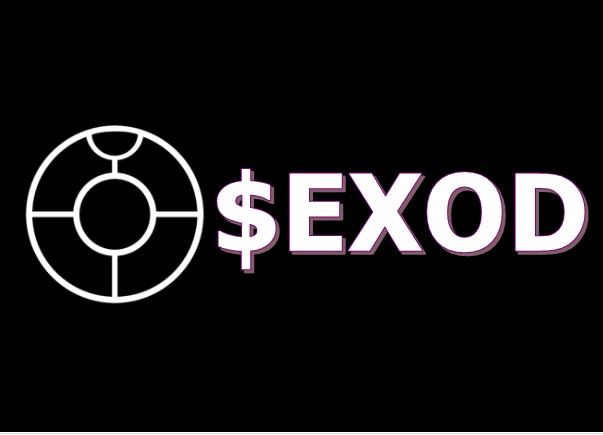EXOD, the decentralized reserve currency from EXODIA. Get now all the information about this token, its use and the EXODIA platform.
EXOD is a decentralized reserve currency that is not tied to a parity. Building the reserve currency of Fantom.

Here is a token is his project that will not go unnoticed in the crypto news, we let you discover this ecosystem.
EXOD, what is the principle, the mechanism?
Each EXOD token is backed by a basket of assets (e.g. DAI, FTM) in EXODIA’s treasury, giving it an intrinsic value below which it cannot fall. EXODIA also introduces a unique economic and game theory dynamic to the market through staking and bonding.
The goal is to build a policy-controlled monetary system in which the behavior of the EXOD token is controlled at a high level. In the long term, this system can be used to optimize stability and consistency so that EXOD can function as a global unit of account and currency. In the short term, the goal is to optimize the system for growth and wealth creation.
What is EXODIA?
EXODIA is a decentralized reserve currency protocol based on the EXOD token. Each EXOD token is backed by a basket of assets (e.g. DAI, FTM) in the EXODIA treasury, giving it an intrinsic value that it cannot fall below. EXODIA also introduces unique economic and game-theoretic dynamics into the market through staking and bonding.
How do I participate in EXODIA?
There are two main strategies for market participants: staking and bonding. Stakers stake their EXOD tokens in return for more EXOD tokens, while bonders provide LP or DAI tokens in exchange for discounted EXOD tokens after a fixed vesting period.
How can I benefit from EXODIA?
The main benefit for stakers comes from supply growth. The protocol mints new EXOD tokens from the treasury, the majority of which are distributed to the stakers. Thus, the gain for stakers will come from their auto-compounding balances, though price exposure remains an important consideration. That is, if the increase in token balance outpaces the potential drop in price (due to inflation), stakers would make a profit.
The main benefit for bonders comes from price consistency. Bonders commit a capital upfront and are promised a fixed return at a set point in time; that return is in $EXOD and thus the bonder’s profit would depend on $EXOD price when the bond matures. Bonders benefit from a rising or static $EXOD price.
Direct access to: